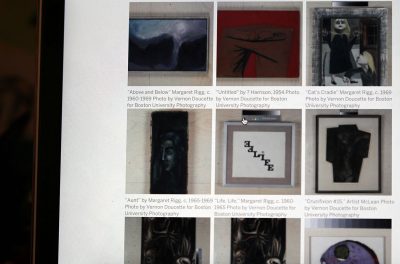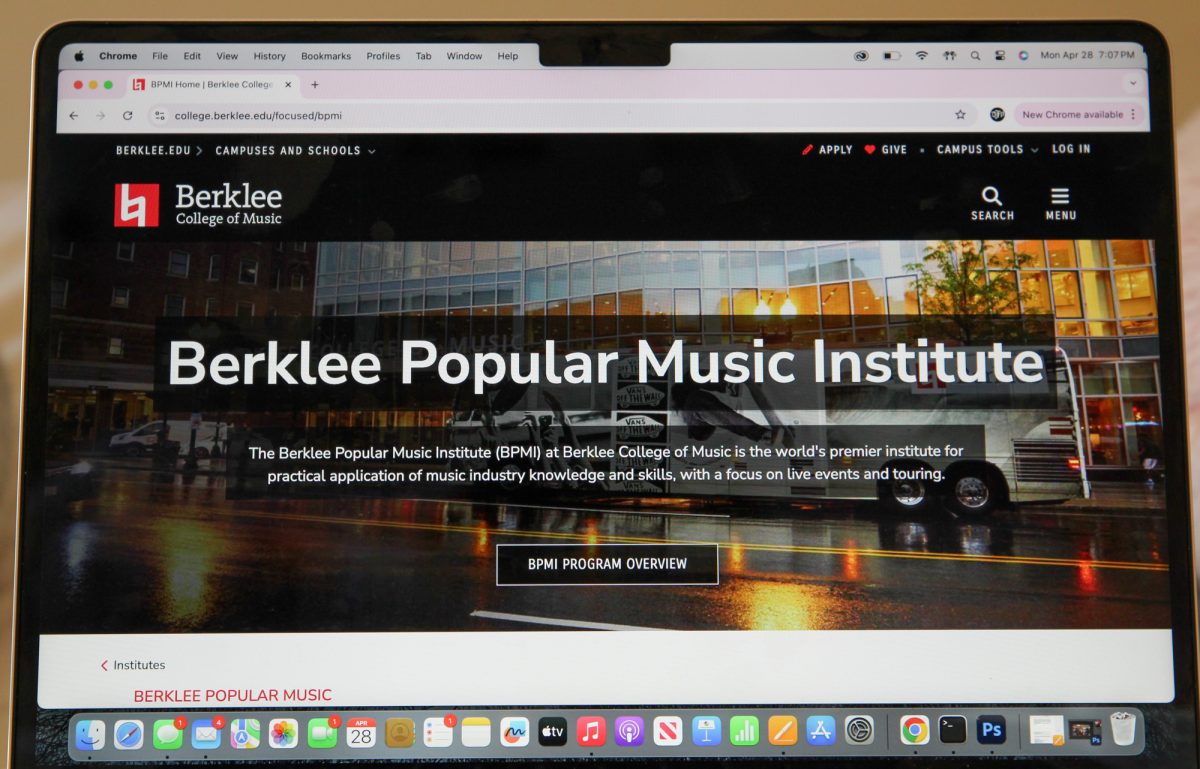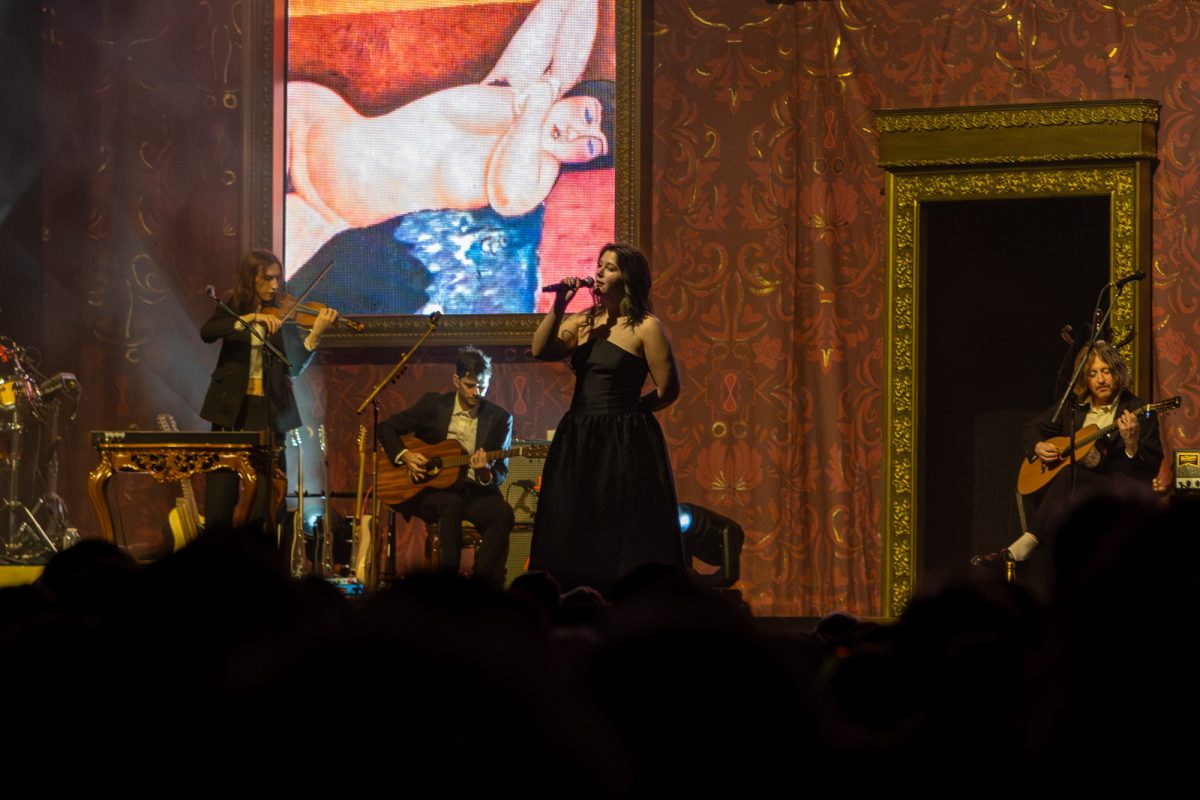Art, spirituality and social movements were at the forefront of Margaret Rigg’s art style. As an artist and editor in the late 1950s and early 1960s for motive Magazine — a Methodist Student Movement publication — Rigg used her work to combine art and theology.

Boston University acquired Rigg’s artworks in 2010, and Rigg died a year later. Her works are now on display virtually and the BU community can see the collection in person in the School of Theology Library.
Ada Focer, a research scholar at the Center for Global Christianity and Mission at STH, was the driving force behind bringing Rigg’s artwork to BU. When she visited Rigg while on a research trip in 2009, Focer said, she saw motive Magazine in the STH archives and was fascinated by the artwork.
“I spent the weekend with this crazy old lady who it happened was, as we tend to do when we get old, she was cleaning out her studio and trying to figure out what she was going to do with everything,” she said. “And so I said, ‘Why don’t you give it to BU?’”
Rigg shipped some art up to Boston, and many of her journals, letters and the artwork within them was given to the University after she died in 2011. All together, Focer said this collection is “a real treasure trove” for BU.
Kara Jackman, the archivist and preservation librarian at the STH Library, said though this isn’t the first time they have displayed Rigg’s work, it felt like the proper time to feature it once more.
“We are struggling with a lot of social justice issues, a hopelessness and sadness that we all are kind of carrying around with us,” she said. “These works were created during a very tumultuous time as well during the mid-1950s to really the late-1960s, and a lot of them are evocative of the changes that were taking place in the country.”
Jackman said, for example, many of the pieces in the collection focus on the body. Because of COVID-19, people are “more aware” of their bodies now, she said, and the art speaks to that awakening.
Focer said Rigg’s work reflected many of motive Magazine’s views, which included strong desegregation opinions and other progressive ideas. Rigg herself even studied at the Highlander Folk School — now the Highlander Research and Education Center — which was known for educating civil rights activists such as Rosa Parks and Martin Luther King Jr.
“The magazine was controversial on many fronts for its entire existence but, the Methodist Student Movement, and the Student Christian Movement before it, had actually been very, very progressive on racial issues,” Focer said.
Force said Rigg’s “authority” and dedication helped make her art visible through the magazine and in Methodist student communities. At Methodist Student Movement conferences, with thousands of participants, she would be there, Focer said, to the joy of many participants.
“I taught art history at Michigan State in the ’70s, and most of my kids had never seen art in person,” she said. “It’s hard to capture in 2021 how exciting kids would find actually being in a space with a really good painting.”
Rigg’s work itself, Jackman said, is influenced by Christian symbols and explores many different emotions of the age. She worked in mediums of painting, drawing, printmaking and etching.
“A lot of the pictures are depictions of the torso, crucifix, reinterpretations of classic Christian art themes,” Jackman said. “But it also plays on the themes of the day, and those were themes of war, of pain, of suffering after war, of the fragility of the body and the rise of the machine age, the rise of the military industrial complex, and yet some softening of that as we step into the ’60s.”
Focer emphasized the importance of Rigg’s work to the Methodist Student Movement at the time and Rigg’s own devotion to education. She was a professor at Eckerd College in Florida before her death and brought artwork to students at churches and schools throughout her life.
The STH Library with the artwork is open Monday through Thursday from 8 a.m. to 8 p.m., Friday from 8 a.m. to 4 p.m. and Saturday from 10 a.m. to 4 p.m., and the work will be displayed until May 20. Jackman said she hopes the art helps support students today.
“We’ve been through tough times and we’re going to get through these tough times,” she said. “It’s a nice realization and reminder that through these dark moments, some bright things can come of them.”

























































































































